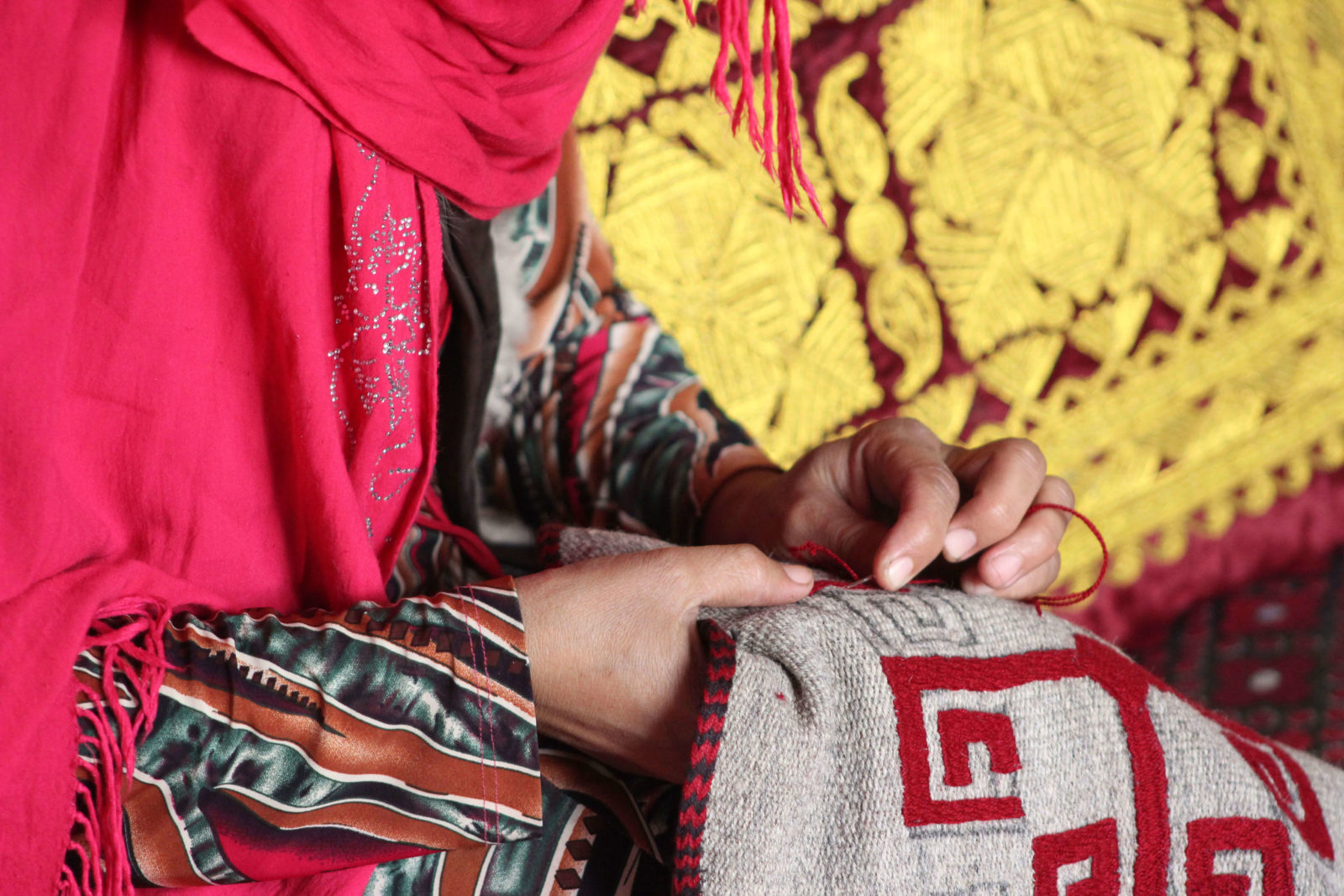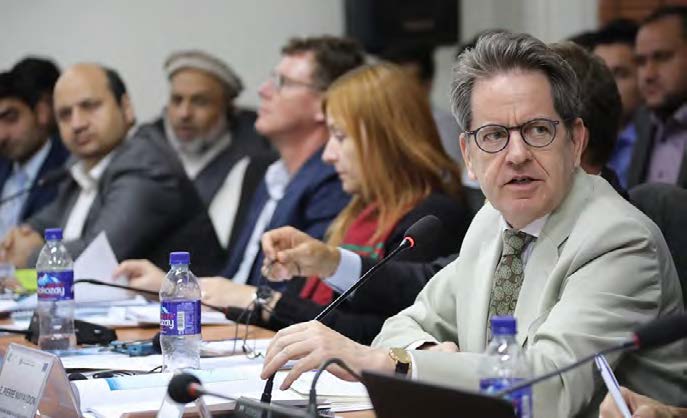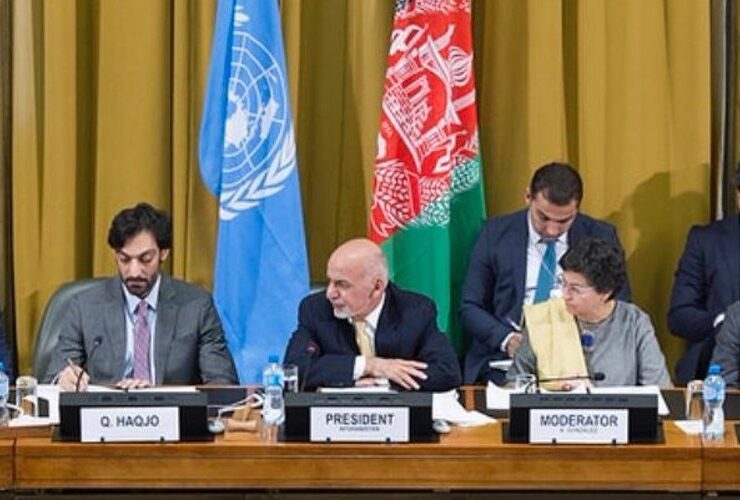As a rural micro-business owner, Sajida is a privileged rural woman being able to have her own handicrafts business. Typical of micro-businesses, she’s trying to keep her head above the water, living on less than a couple of dollars a day. She is married to a farmer and has 4 young children. Her fellow seven women work together with her to keep their Handicrafts Production Group, an unofficial name for their pact, going. They hand weave pillows, mattresses, carpets, bags, scarfs and even decor entire houses based on orders from their customers and, at times, participate in local exhibitions to showcase and sell their products.
Rural women in Afghanistan are at the bottom of the pyramid and form an important part of the 54% of the population living below the poverty line 1. They disadvantaged for having low literacy rate, limited access to health services, lack of job opportunities, the predominance of cultural and legal barriers, and weak infrastructure, taking away slightest hope of prosperity from them.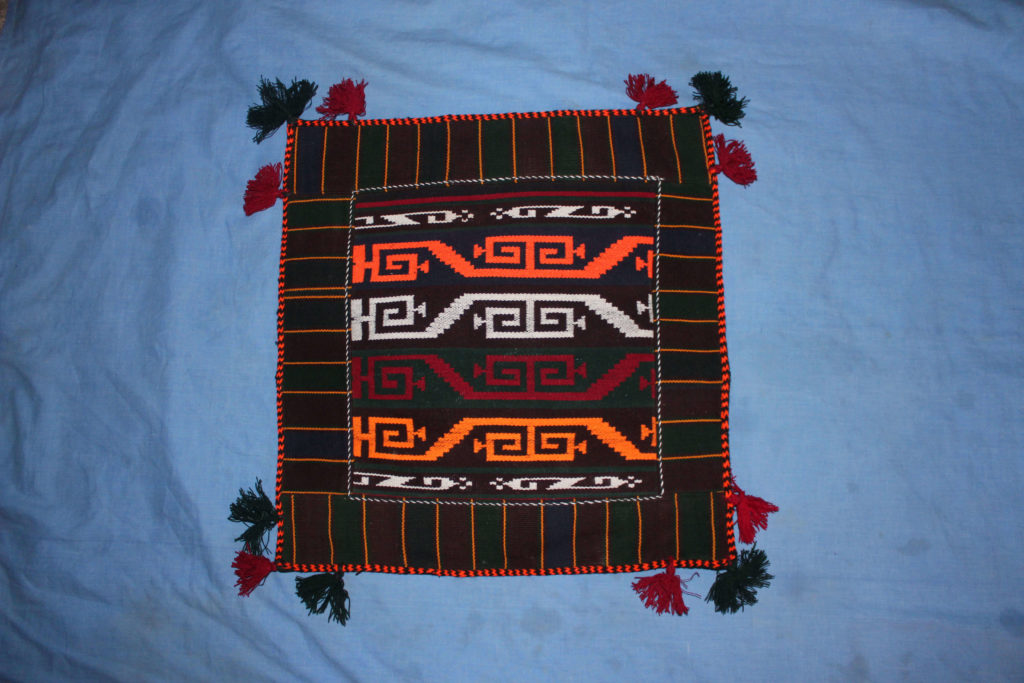
“I love my art. To make an income from what I enjoy is a blessing. But it’s very difficult to start and then sustain a business as a woman. I wake up before the sunrise to get the housework done and prepare for my daily business activities. Many women in our village are surprised of how I manage home and business together. They have to realize it takes hard work and commitment.”Sajida and her fellow weavers make an income of 3,000 4,000 AFN per month each. It’s very minimal, but as she believes,
“When both the husband and the wife work to make an income, the family starts to live a better life.”As much as rural women work hard to improve their lives, without the needed elements of a thriving ecosystem, their chance of making it out of poverty remains slim. Sajida’s dream is very simple: educating her children. She says, “All I want is to be able to send my children to school, and that’s why I am hard at work to sustain and grow my business.” She craves needed access to a good market so she can sustain the business. She used to sell well when she had a shop in Mazar-e-Sharif, but now that she’s limited to her village, her sales have declined. When asked of her two major challenges, Sajida responded:
“First, I don’t have access to the markets that demand our handicraft products. Sometimes our business stops when there’s no order. Second, we need capital. In November 2018, w participated in Balkh Bazaar exhibition, and we sold well. We also learned good marketing strategies. One time, I was able to send my own handwoven carpet to Italy through Hand in Hand Afghanistan. I was really encouraged to work harder and weave more. But now I lack that access. wish it continued.”
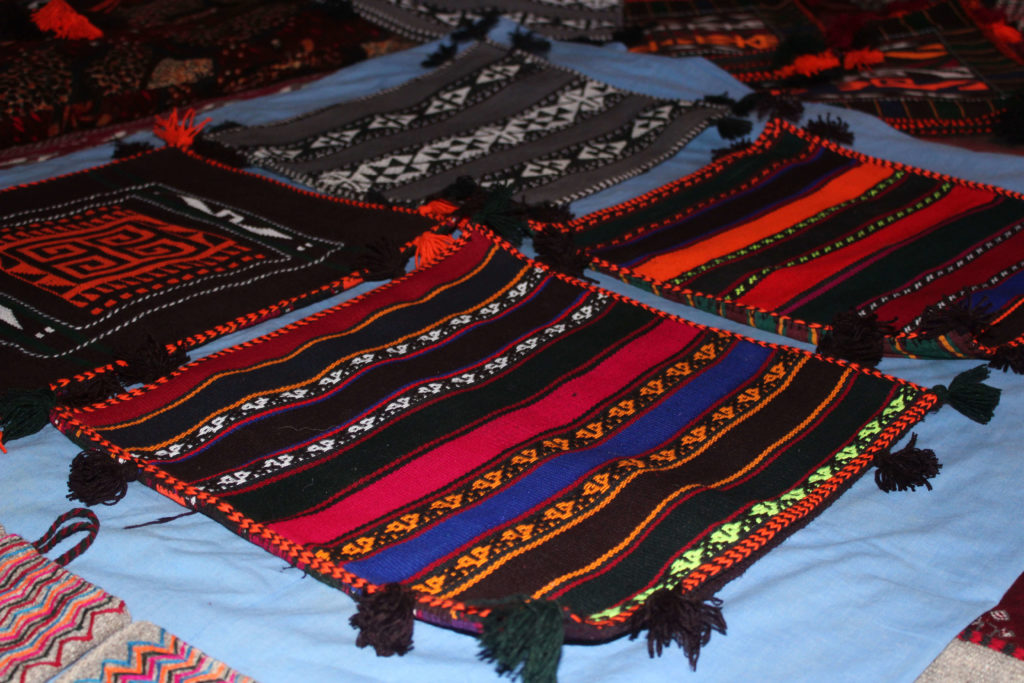
“Afghan women are very skillful and courageous. They want their children to live a better life. If you give them some capital and support them in accessing markets, they will do miracles for you.” Rural women need the attention of the government, development agencies, and the Afghan people. Mere buying of their products helps their village-level economies sustain. The ecosystem and support mechanisms for micro businesses must improve to serve minorities that form the majority of the businesses in the country. As it’s often quoted, small and medium businesses constitute over 80% of all businesses in Afghanistan.”Whether rural women make it to the top of the pyramid remains a question that only time can tell.

